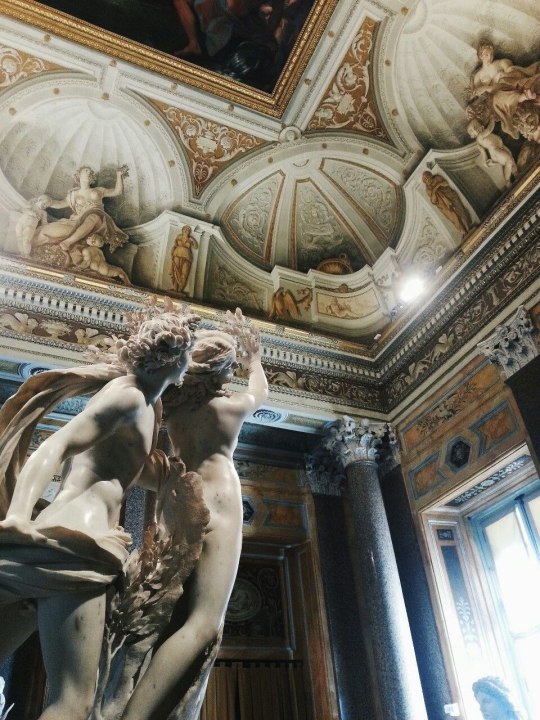#aristocracy aesthetic
Text

Franz Xaver Winterhalter (1805-1873)
"Grand Duchess Alexandra Iosifovna of Russia" (1859)
Oil on canvas
Currently in the Royal Collection of the British royal faamily
#paintings#art#artwork#genre painting#female portrait#franz xaver winterhalter#oil on canvas#royal collection#private collection#german artist#portrait of a woman#russian aristocracy#aristocrat#blue dress#dresses#clothing#clothes#aesthetic#asethetics#1850s#mid 1800s#mid 19th century
627 notes
·
View notes
Text

Portrait of Anastasia Mikhailovna de Torby, Philip de László. 1913.
#aesthetic#art#art history#fashion#historical fashion#historical art#women in art#women#1910s#de laszlo#Anastasia#Anastasia mikhailovna de torby#Romanov family#Romanovs#morganatic romanovs#imperial Russia#Anastasia wernher#Russian royals#British aristocracy#yellow aesthetic#edwardian aesthetic#Edwardian fashion#Edwardian era
154 notes
·
View notes
Text

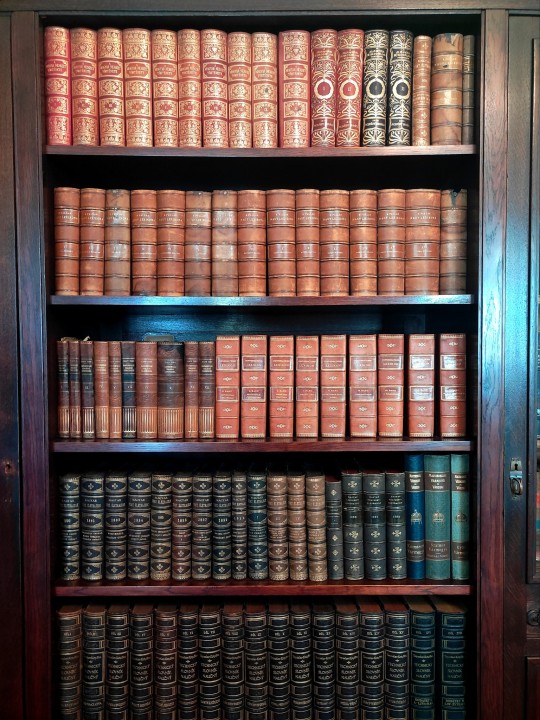



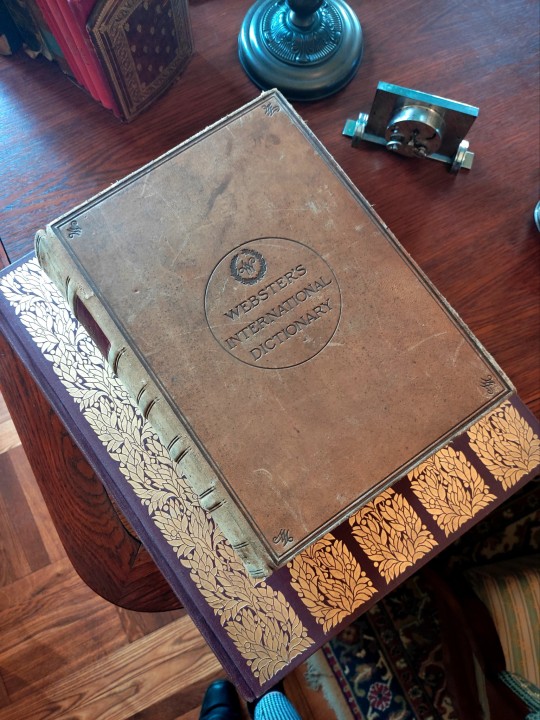

Karlova Koruna Château | Chlumec nad Cidlinou, Czech Republic
(look at all the books! It took a lot of restraint not to leaf through them)
#18th century#one of the few perks of living in an European country with centuries worth of messy history#I may be anti-aristocracy but I still appreciate the aesthetics of it all okay#also look at the books!!#1700s#history#history aesthetic#aesthetics#1700s art#chateau#photography#czech republic#Czechia#classical#book aesthetic#old books#bookshelf#classics#kinski#historical architecture#and the chandelier
29 notes
·
View notes
Text

Ballet preserves the cultural heritage of generations, allowing us to experience the emotions and stories of our ancestors through dance.
Margot Fonteyn
Ballet's origins grew out of the Renaissance court cultures of Italy and France. Dancers would perform at the royal courts - and then invite the audience members to participate. It was a dance that was done by courtiers and kings and princes at court in social situations. It was not a theatrical art set off from social life
The first ballet dancers did not wear tutus or dance in satin shoes, but they did formalise the footwork patterns - known as first, second, third, fourth and fifth position - that are still used today. Louis XIV of France realised that if his art form was going to be disseminated throughout his realm and even to other European countries, he would have to find a way to write it down. So he asked the famed French choreographer Pierre Beauchamp to write some these positions. The positions themselves are the grammars of ballet, they're the ABC's, the classical building blocks of ballet.
In ballet's early days, men were expected to perform the more extravagant and intricate footwork. It wasn't until years later, during the French Revolution, that female dancers became stars. During the French Revolution, the aristocratic male dancer was really discredited. The hatred and bitter animosity toward the aristocracy had direct consequences for ballet. Why should you have this aristocratic art? If you're going to take down the aristocracy, why not take down ballet, too?"
By the 1830s, men were actually reviled onstage. They're thought to be a disgrace. Female dancers take the ideals that existed in the aristocratic art form and turned them into a feminine and spiritual ideal of which they are the masters. Then you get this image of the ballerina on toe, in these more romantic-era ballets of sylphs and unrequited love and the romantic themes that carried ballet into the 19th century.
#fonteyn#margot fonteyn#quote#ballet#ballerina#dance#dancing#dancer#aristocracy#generations#history#music#aesthetics#court dance#louis XIV#french#italian#renaissance#arts#culture
76 notes
·
View notes
Text
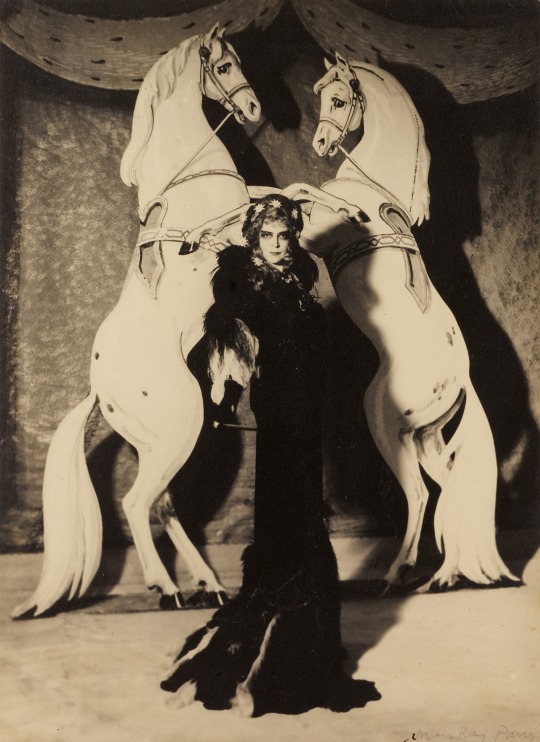

Man Ray, La Marquise Casati, 1935
Man Ray, Die italienische Marquise Luisa Casati vor den Pferden "Flick und Flock" während des Balls, den der Graf von Beaumont in Paris gab, Juli 1935
#man ray#luisa casati#surrealist#surrealism#surrealist artist#surrealist photography#aristocracy#american artist#american photographer#american art#surrealist art#art on tumblr#modern art#art history#aesthetictumblr#tumblraesthetic#tumblrpic#tumblrpictures#tumblr art#aesthetic#tumblrstyle#beauty
19 notes
·
View notes
Text
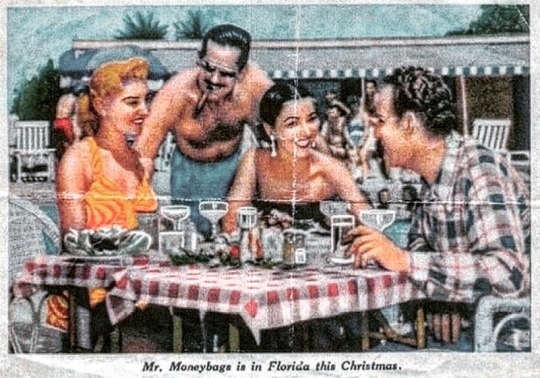

Anti-War/Anti-Capitalism Propaganda Pamphlet, 1950.
#korean#korean war#military#capitalist bullshit#communism#communist#aristocracy#class struggle#socialism#socialist#social injustice#old money#economy#vintage#vintage style#1950s aesthetic#1950s history#1950s style#1950s vintage#1950s#1950s ad
37 notes
·
View notes
Text
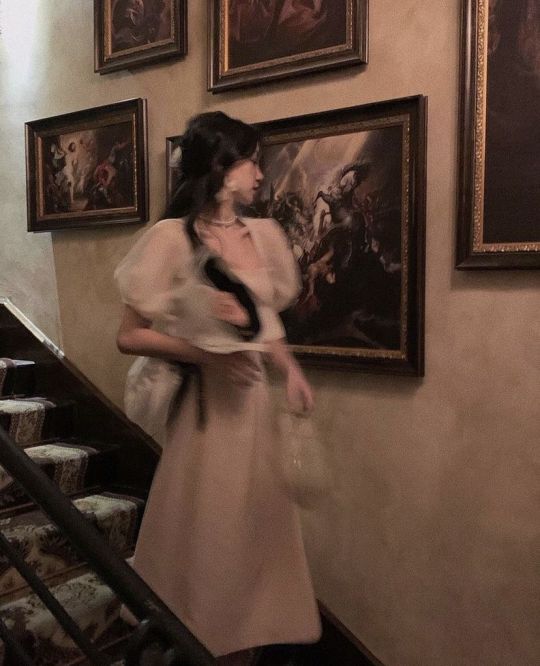



#aesthetic#coquette#moodboard aesthetic#old money#19th century#aristocracy#long dress#dream life#feminine aesthetic#feminine beauty#gentelman#lady#moodboard#coquette moodboard#soft moodboard#dollette#roaylty#royalcore#princesscore#princess aesthetic#royal aesthetic#fairycore#faeriecore#cottagecore#womens fashion#glamorous#classy#victorian era#victorian aesthetic
20 notes
·
View notes
Text
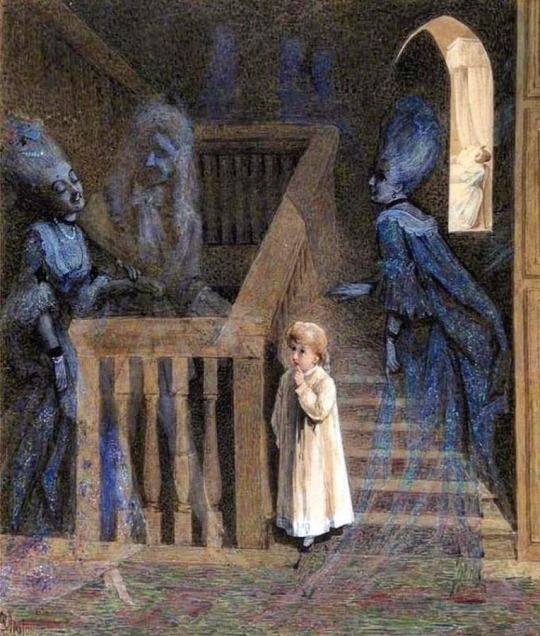
The Party on the Stairs, 1875 by Adelaide Sophia Claxton.
#painting#ghost#children#castle#bloodborne aesthetic#cainhurst aesthetic#aristocracy#gothic aesthetic#xix century#found this the other day! i needed to share!#it totally have cainhurst vibe
9 notes
·
View notes
Text
Give me a high value man and the Old Money lifestyle.


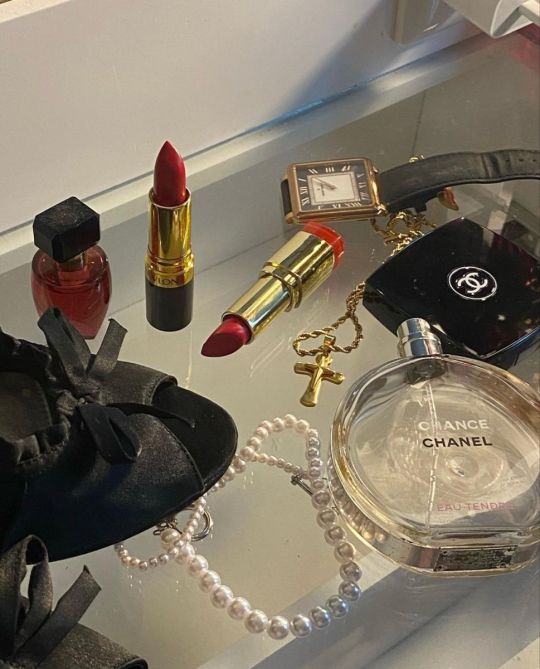





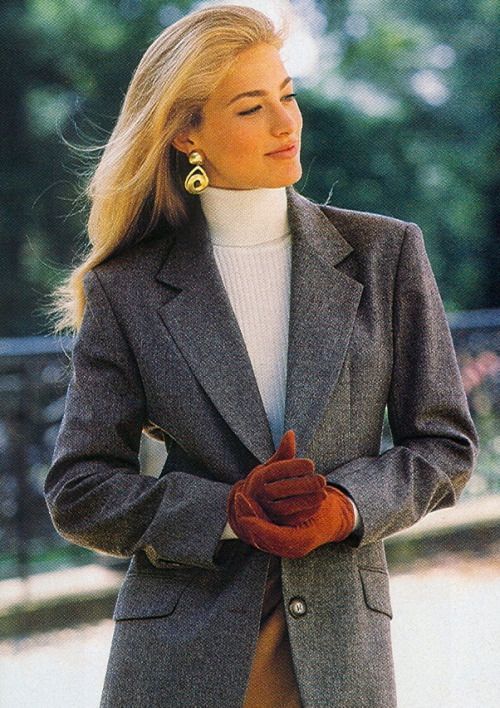
#old money#lana del rey#lana del ray aesthetic#lana#lana del ray moodboard#lana del slay#classy#vintage#jackie o#priscilla presley#moodboard#eat the rich#rich life#luxurious#luxury#luxuries#lifestyle#opulence#upper class#aristocracy#dream board#vision board#vision#high value woman#high value men#high value mindset#high value man#high value women#success#ambitious
34 notes
·
View notes
Text
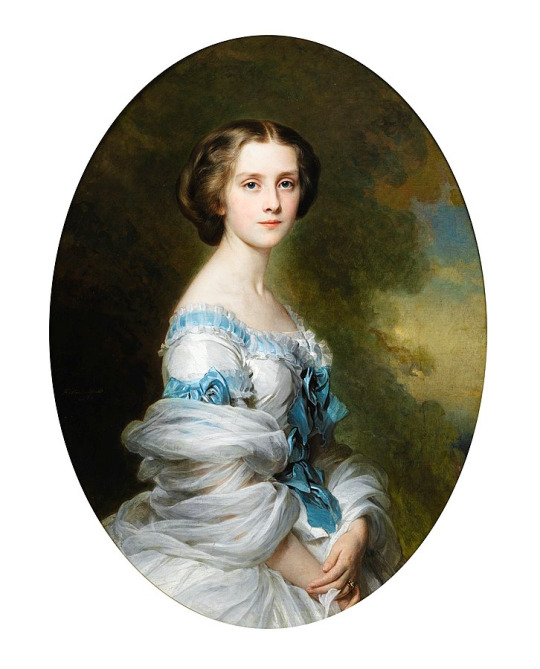
Franz Xaver Winterhalter (1805-1873)
"Mélanie Renouard de Bussière, Countess Edmond de Pourtalès" (1857)
Oil on canvas
Mélanie, Countess of Pourtalès (1836-1914), was a Parisian socialite known for her beauty, elegance, and hosting one of the most fashionable Salons in Paris.
#paintings#art#artwork#genre painting#female portrait#franz xaver winterhalter#oil on canvas#fine art#german artist#portrait of a woman#french aristocracy#clothing#clothes#white dress#dresses#pretty#aesthetic#aesthetics#blue#1850s#mid 1800s#mid 19th century
172 notes
·
View notes
Text

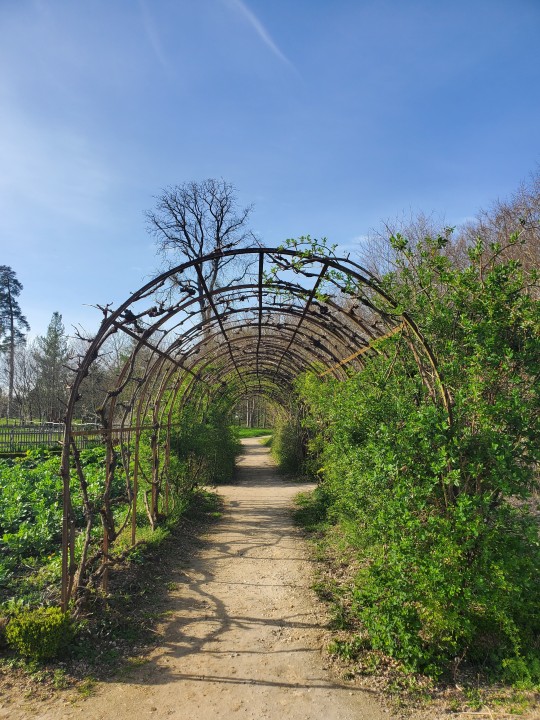

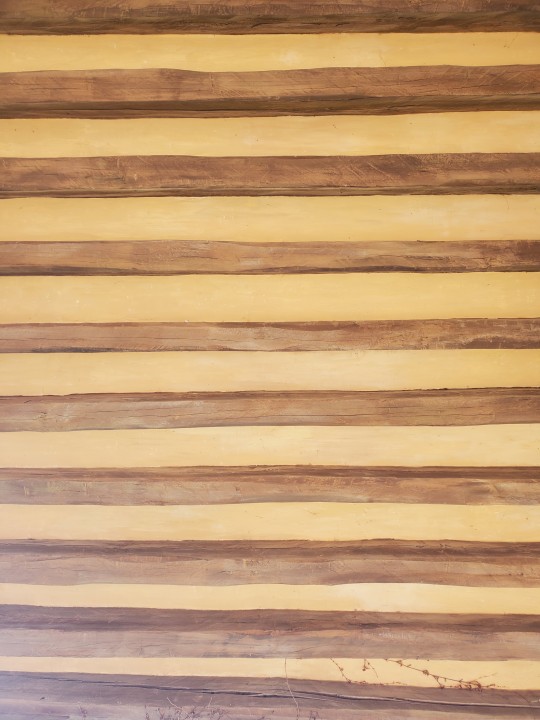
#versailles#versailles gardens#marie antoinette#french aristocracy#french countryside#french aesthetic#france aesthetic
2 notes
·
View notes
Text
[1.03.2023] moodboard





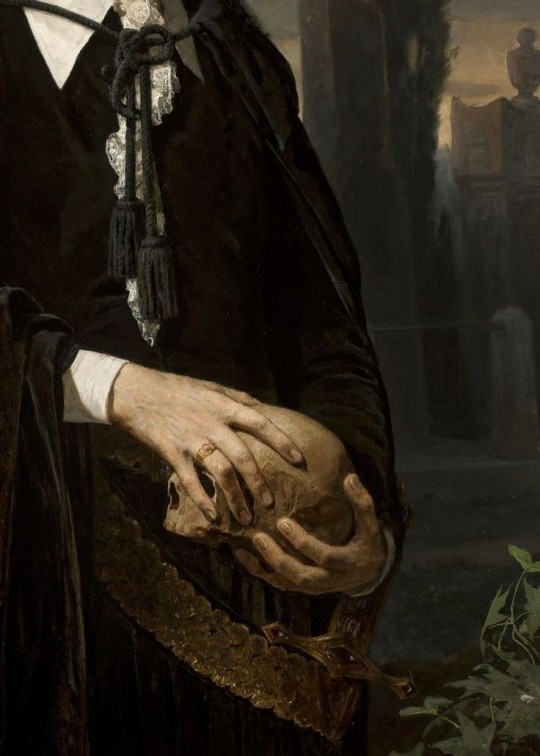
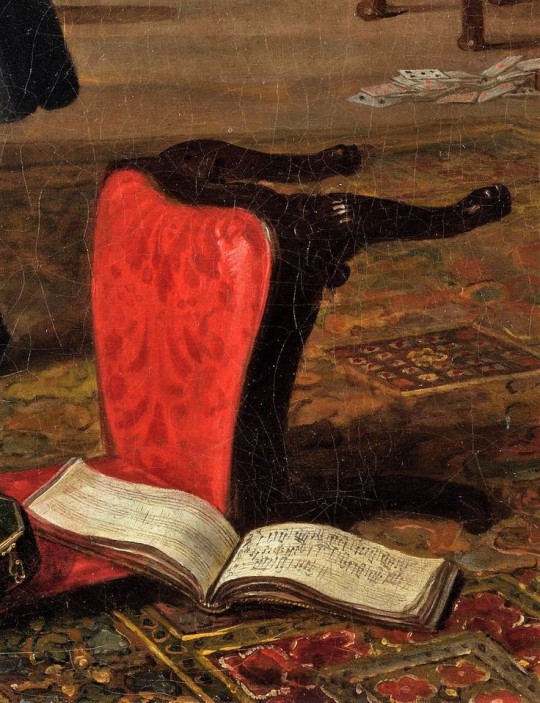
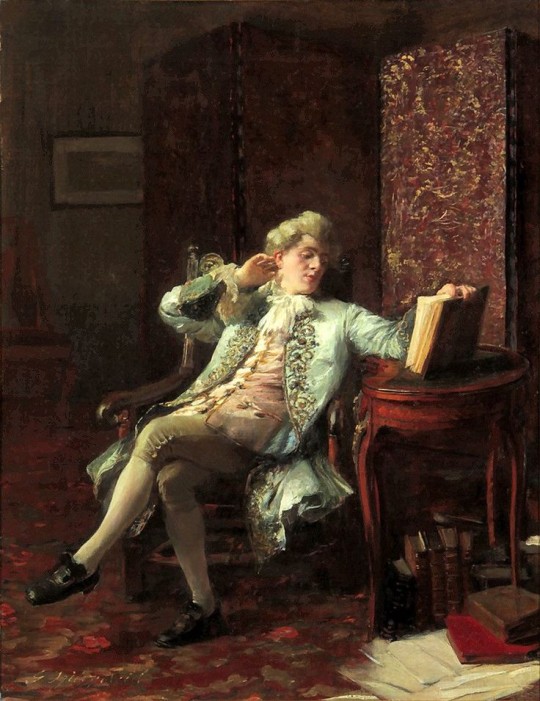

#aesthetic#chaotic aesthetic#dark aesthetic#mood board#dark#depreesed#classical#dark royalty#dark royal aesthetic#dark royal core#19 century#19 century art#nobbily#vintage#vintage core#vintage aesthetic#vintage fashion#old fashioned#old money#french aristocracy#aristocracy#art#vintage art#dark art#nobility
11 notes
·
View notes
Text
The artist and the soldier: the unlikely friendship of Lucian Freud and Brigadier Andrew Parker Bowles

The painter makes real to others his innermost feelings about all that he cares for. A secret becomes known to everyone who views the picture through the intensity with which it is felt.
- Lucian Freud
Lucian Freud’s majestic The Brigadier, painted between 2003 and 2004, is a powerful, intimate, portrait of Brigadier Andrew-Parker Bowles, a dashing cavalry officer and ex-husband of Queen Consort Camilla, and thus a venerable member of the British establishment and aristocracy.
Steeped in the traditions of military portrayals, Freud’s painting of a British army brigadier is transformed into a resolutely contemporary painting by his legendary attention to detail and lucid brushstrokes. It evokes the spirit of the grand military portraits that populate art history, yet in Freud’s hands the lucid brushstrokes produce a portrait that captures the contradictions of the modern world in a very contemporary way.
But the portrait also tells a story of a most unlikely friendship struck up by an artist and his subject. They made an unlikely pair: the roguish painter in his eighties, who famously enjoyed a flutter and a fight, and the highly decorated soldier with impeccable royal connections.
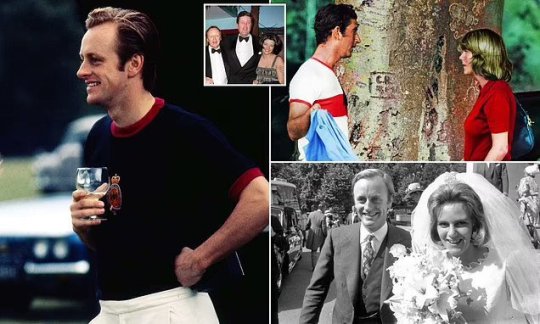
Although Freud died in 2011, Parker Bowles is always ready to share his story of his friendship with the uncompromising and difficult late artist. He most famously tells of one story when, “‘At one stage a group of Americans were taking flash photos, which Lucian hated, so he threw a bread roll at one of them. The man complained,’ recalls Parker Bowles. And how did you react? ‘Well,’ he pauses. ‘I was just a tiny bit embarrassed.’ Luckily, the proprietor was on hand to mediate. ‘He came over and said to the American, “I’m terribly sorry but Mr Freud is allowed to do that.” That was it.’ That always gets a bellyful laugh out of the ex-brigadier Andrew Parker Bowles (APB as he’s often tagged).

If you visit Parker Bowles’ cottage in the Cotswolds, you’ll see many interests bits of memorabilia. The last British Union flag that flew in Rhodesia, where he served, is resting on a radiator. Nestled on a shelf amidst medals and trophies is a small bottle of stitches preserved in brine – wrenched from Parker Bowles’ back after he broke it during the hurdle race at Ascot. In another is a lump of cartilage extracted from his knee and pickled for posterity (the culmination of rugby knocks and jumping out of a plane). All, in their own way, are emblems of the rugged masculinity and swashbuckling adventure he exudes even at 83 years old. One can see why the irascible Lucian Freud liked him.
But in the corner of one room are photographs of his old friend, Lucian Freud. They hang next to a bronze bust of Freud’s head and a framed letter: ‘My dear Andrew, since even your more foolish actions have their reasons – why is it that I haven’t seen you for so long? Can we have a ride, a drink, a jaunt or a fight? Please write. Lucian.’

The pair first met in 1983, when Parker Bowles, then Commanding Officer of the Household Cavalry Mounted Regiment, received a request from Lucian Freud, who wanted to paint a horse. Parker Bowles chose the horse he thought was best at staying still and Lucian painted away. ‘When he finished, he gave the trooper holding the horse a sketch and said, “Don’t just throw it away, if you want to sell it, go to my agent and he’ll buy it off you.”’ With the money, the trooper bought a house. ‘A rather nice start. I got nothing as a result,’ says Parker Bowles in mock dismay. ‘Except I got to know him.’
Before long, a friendship blossomed. Together, they’d go riding, galloping around Hyde Park, Freud’s scruffy suit covered in paint, his white silk scarf billowing in the wind. ‘Freud wouldn’t wear a hard hat. So it would be me chasing after him, trying to slow him down. Him going flat out.’
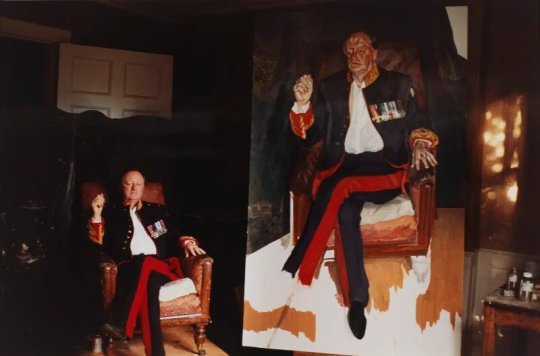
Over the years, they’d visit the National Portrait Gallery at night, which would be opened especially for Freud. They went to Paris for an exhibition and to Ireland to see Freud’s bookmaker, who had accrued more than 20 pictures in lieu of gambling debts. They watched the Ascot races, and ‘as I recall, he lost a million pounds betting.’ Eventually Freud stopped gambling. ‘When I asked why, he said, “Well, now I have enough money.” The joy and fun was being short of money and losing it and having people hammering on his door.’ Those debtors, it was said, included the notorious East End gangsters, the Krays.
And yet, amongst all the liveliness, Freud also found the time to work prolifically. He painted well into his eighties, burning through sittings - a nude mother one morning, her nude daughter in the afternoon. Perhaps it was only inevitable that one day the bell would toll for Andrew Parker-Bowles.
It was 2003. At first APB said no. he said, “Look, I have things to do.”’ He had recently left the army and was putting together a few business prospects. No matter, said Freud: “It will only take a few months. It’s a head and shoulders.”’
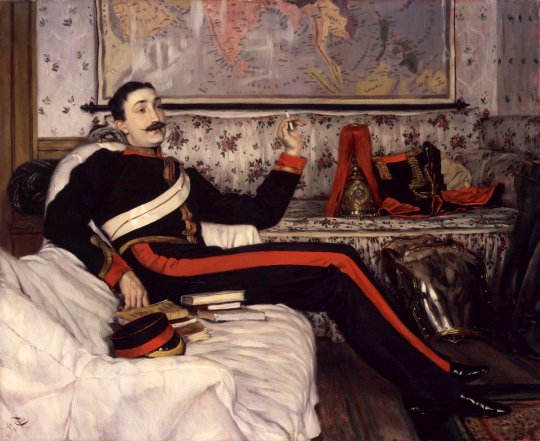
They’d talked about James Jacques Tissot’s glamorous portrait in the National Portrait Gallery of Colonel Fred Burnaby, a moustachioed war hero who served in the same regiment as Parker Bowles. It would be the inspiration.
So APB went back to the Knightsbridge Barracks and borrowed his old uniform. To his surprise, he discovered that it no longer fitted as comfortably. ‘I’d put on a bit of weight, or otherwise it’d shrunk,’ APB would laugh at recalling his embarrassment. ‘The first morning it was so hot, and the uniform was so tight, I undid it. That’s when Freud said, “That’s it, hold it, that’s what we want.”’
The three-month mark came and went, and the picture continued to grow in size. As APB would recall, ‘He kept on adding canvas. My heart sunk. Soon it was seven feet high.’

By his own admission he was a fidgety sitter and Freud was ‘incredibly slow.’ Parker Bowles got by with plenty of Diet Coke and regular breaks. ‘As you can see from the picture I had rather an inane look on my face. You can’t have someone smiling because you can’t hold a smile for 18 months.’
Freud liked to work in silence. ‘Every so often he would come quite close to you.’ He gestures his hand to his nose. ‘Look at you, and go back.’
When Freud wanted to rest, he’d stop and talk. ‘But then he wouldn’t paint. One was torn between wanting him to get on with it and listening to what he had to say about things.’
At one stage Parker Bowles caught a glimpse of the portrait He didn’t like APB seeing what he’d done, but it was such a big picture that APB couldn’t help but look at it, and complained that his friend had been unkind in the likeness of his size. Freud gleefully painted an extra inch of fat on to Parker Bowles’ middle. ‘He did it to shut me up.’

Freud’s tempers were infamous, yet he and Andrew never argued. ‘Discussions yes, arguments no. In his relationships, the minute something went wrong, he’d cut you off and wouldn’t ever speak to you again. Luckily, he didn’t do it to me. But he did with some of the girls he painted.’
Instead, Freud was ‘great company’ and a routine emerged. ‘It would be breakfast at Clarke’s, then we’d go back and I’d climb into my uniform. Even if he was just painting my face, he still wanted me to wear the whole uniform.’ Lunch might be at Clarke’s again and then back to the studio. If it sounds intense, it wasn’t constant: twice weekly for the sittings. ‘Then he’d wheel in the next victim.’

The starriest of these included Jerry Hall and Kate Moss, though perhaps one of Freud’s most talked-about paintings, unveiled in 2001, was of the late Queen Elizabeth II. Many were critical of the royal portrait, which was, even by the most anodyne description, unforgiving. One newspaper called it a ‘travesty’. Parker Bowles is more sanguine about it. He said in one interview, ‘You have to say it’s accurate. I once asked Her Majesty, the Queen what she thought about Mr Freud’s picture and she replied, “Very interesting.” Which is a very clever answer, really.’
And what of his own portrait? Did it require diplomacy? After 18 long months the oil painting was finished and titled The Brigadier. One critic described the painting as ‘insolent’, ‘scathing’ and ‘melancholic’. He went on to describe its subject as looking ‘saddened and wiped out’. Flattering? Admittedly perhaps not, but a masterpiece, said many. Parker Bowles - who divorced Camilla in 1995 - was a fan of the work, and the painting’s naturalism is one of the reasons why it is so popular. Parker Bowles might have bought it. Instead, it was installed in someone else’s house and eventually sold by Christie’s in 2015 for $35m – a record figure.
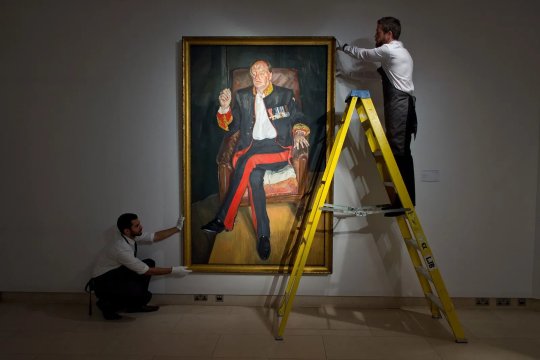
Andrew Parker Bowles has always been stoic about missing on buying his own portrait but he lacked the funds by a country mile on his military pension and other holdings. He conceded that he didn’t fancy the idea of, “a seven-foot picture of myself looking rather red-faced and fat wasn’t my idea of fun”.
youtube
So there’s no Brigadier hanging in the Cotswolds, but a picture of a friendship emerges and endures. Freud lived to be 88. Parker Bowles went to see his friend as he lay dying in the summer of 2011. Three of his daughters were there; Freud had 14 acknowledged children. Parker Bowles went in. He was unconscious and APB held his hand. They went next door with Freud’s assistant David Dawson and their Irish friend Pat Doherty, whom Freud had also painted, and they had dinner and Freud died that night.
Andrew Parker Bowles continues to have fond memories of his most unlikely friendship with one of Britain’s distinguished artists. He said once in a newspaper profile. ‘Freud was a fascinating man. I wouldn’t say he was a particularly kind man, he was often quite cruel. But his whole life was painting, really, right to the end.’
#freud#lucian freud#quote#art#artist#portrait#the brigadier#aesthetics#andrew parker-bowles#parker bowles#soldier#household cavalry#royalty#aristocracy#nobility#establishment#essay
61 notes
·
View notes
Text

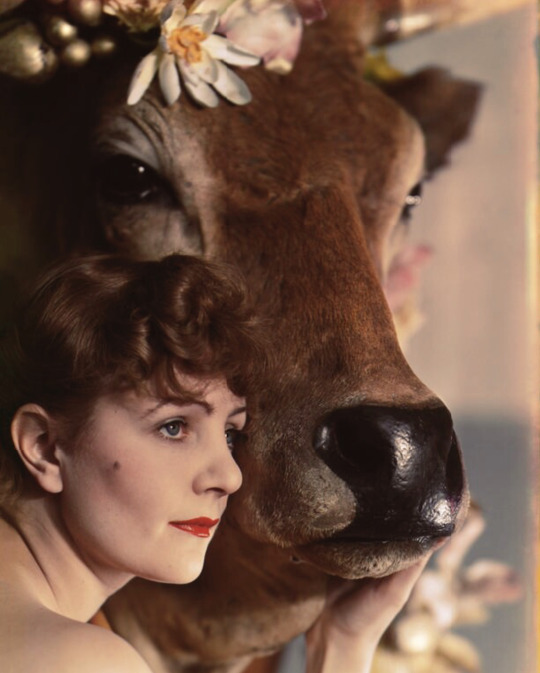




Above: Madame Yevonde, Violet, Baroness Gagern as Europa, ca. 1935
Below: Madame Yevonde, Violet, Baroness von Gagern, 1935
#madame yevonde#yevonde middleton#british photographer#british artist#british art#art photography#celebrity portraits#portrait artist#portraiture#women photographers#woman photographer#woman artist#british aristocracy#aesthetic#beauty#modern art#art history#aesthetictumblr#tumblraesthetic#tumblrpic#tumblrpictures#tumblr art#tumblrstyle#artists on tumblr
14 notes
·
View notes

